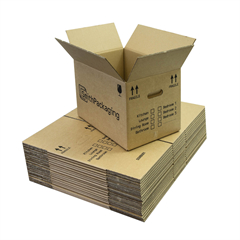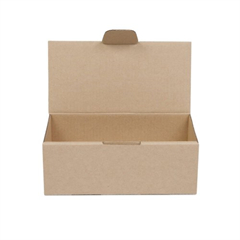The history of cosmetic bottles dates back thousands of years, as the use of cosmetics and the need for containers to hold them have been essential parts of human culture. Here is an overview of the significant milestones in the history of cosmetic bottles:
Ancient Times:
Early civilizations, such as the Egyptians, Greeks, and Romans, used various cosmetics and ointments for personal grooming and religious rituals.
Clay pots, stone jars, and glass vials were some of the earliest types of containers used to store and apply cosmetics.
Medieval and Renaissance Period:
In Europe, alchemists and apothecaries were responsible for producing cosmetics and remedies, which were often stored in glass bottles and ceramic containers.
Perfumes gained popularity during this time, leading to the creation of specialized perfume bottles, often made of glass or precious materials.
18th and 19th Centuries:
The rise of the industrial revolution brought advancements in manufacturing techniques, allowing for mass production of glass bottles and containers.
Perfumery and cosmetics became more accessible to the middle class, leading to an increased demand for attractive and stylish packaging.
Glassblowers and artisans crafted intricate and ornate glass perfume bottles, some of which became collector’s items and works of art.
Early 20th Century:
The Art Deco movement influenced the design of cosmetic bottles, featuring geometric shapes, bold colors, and elegant styling.
With the advent of plastics in the 20th century, new materials like Bakelite and celluloid were used for manufacturing cosmetic containers, offering more affordable and versatile options.
Mid to Late 20th Century:
Plastic packaging, particularly polyethylene and polypropylene bottles, became widely used due to their lightweight and cost-effective nature.
Manufacturers introduced airless pump bottles and roll-on applicators for improved product preservation and ease of use.
21st Century:
Sustainable and eco-friendly packaging gained prominence as environmental awareness increased. Brands started using recyclable materials and offering refillable options.
Digital printing and label technologies allowed for more versatile and customizable bottle designs, enabling brands to create unique and personalized packaging.
Today, cosmetic bottles continue to evolve with a focus on sustainability, innovation, and consumer experience. The cosmetic industry is exploring biodegradable and compostable materials, as well as incorporating advanced dispensing mechanisms to enhance product usability and reduce waste.
The history of cosmetic bottles reflects the evolution of human culture, technology, and consumer preferences. From ancient clay pots to modern eco-friendly packaging, cosmetic bottles have played a vital role in preserving and presenting various beauty products throughout the ages.







